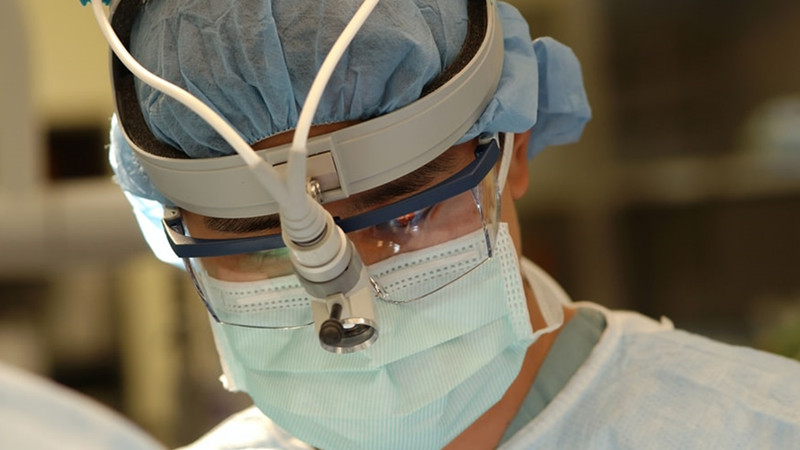Endoscopy Classification
Compared with traditional surgery, minimally invasive surgery has the advantages of less trauma, faster recovery, and less pain for patients. The endoscopic minimally invasive medical device, as the doctor’s “eye”, can effectively help the doctor “see” the lesion. With the worldwide popularity of minimally invasive surgical techniques, endoscopy has also entered a period of rapid development. According to the Markets and Markets report, the global endoscope market capacity in 2019 is about 25.6 billion US dollars, which will grow at a compound annual growth rate of 6.6%, and will reach 35.2 billion US dollars by 2024. And how to solve the cross-infection problem of traditional endoscopes?

The history of endoscopy
Medical endoscope, namely endoscope, has a history of more than 200 years, and its development has gone through four stages: rigid endoscope, semi-flexible endoscope, fiber endoscope and electronic endoscope. In 1806, BOZZini in Frankfurt, Germany, made the internal instruments of the bladder and rectum with candles as the light source, which was the initial prototype of the rigid endoscope. In 1932, Schindler and Wolf successfully developed a semi-flexible endoscope in the true sense, opening up a new era of gastroscopy. In order to better solve the shortcomings of poor endoscope lighting effect and image color distortion, in 1957 Hirschowitz and his research and development team developed the world’s first fiberoptic endoscope for examining the stomach and duodenum.
In 1983, the Welch Allyn Company of the United States successfully developed a CCD miniature image sensor to replace the optical fiber guide of the endoscope, and the first electronic endoscope was born. After four stages of development, endoscopic technology has been continuously updated, which has also made the popularization of minimally invasive surgery possible, and the prosperity of minimally invasive surgery has also enriched the types of endoscopes. With the prosperity and development of minimally invasive surgery, new endoscopic products are still constantly being introduced.
Classification of endoscopy
Endoscopy is widely used in clinical treatment of different departments and different diseases. Mainly divided into flexible endoscope (referred to as flexible endoscope) and rigid endoscope (referred to as rigid endoscope). Thoracoscopy, ureteroscopy, cystoscopy, arthroscopy, hysteroscopy, etc.
1. Hard mirror
Rigid endoscopy can be divided into laparoscopy, thoracoscopy, hysteroscopy and other categories. Various types of rigid endoscopes are used in conjunction with supporting equipment to complete the diagnosis and treatment of various types of diseases. The main supporting equipment of hard mirrors are camera system host, camera, cold light source, monitor, trolley, etc. Rigid endoscopes mainly enter sterile human tissues and organs or enter sterile chambers of the human body through surgical incisions, such as laparoscopy, thoracoscopy, arthroscopy, intervertebral discoscopy, ventriculoscopy, etc. The hard mirror is a prism optical system. The biggest advantage is that the image is clear, and it can be equipped with multiple working channels and select multiple viewing angles.
2. Soft mirror
Flexible endoscopy mainly completes inspection, diagnosis and treatment through the natural cavities of the human body, such as gastroscopy, colonoscopy, laryngoscopy, bronchoscopy, etc. The optical system of the flexible mirror is a fiber optic optical system. The biggest feature of this fiber optic endoscope is that the lens part can be manipulated by the operator to change the direction and expand the scope of application, but the imaging effect is not as good as that of the hard mirror. Flexible endoscopes have been used in gastroenterology, respiratory medicine, ENT, urology, anorectal, thoracic surgery, gynecology and other departments, from simple disease screening to complex treatment of achalasia, bringing patients It has the advantages of timely and accurate diagnosis and treatment, low risk, small surgical trauma and quick postoperative recovery.
Epilogue
The use of disposable endoscopes can effectively reduce cross-infection between patients and greatly improve the efficiency of minimally invasive surgery. With the continuous upgrading of technology and the continuous improvement of medical systems, the global endoscope market demand will further expand in the future and develop in the direction of miniaturization and consumables.
Source: Siyu Medical Equipment Observation
Cheersonic is the leading developer and manufacturer of ultrasonic coating systems for applying precise, thin film coatings to protect, strengthen or smooth surfaces on parts and components for the microelectronics/electronics, alternative energy, medical and industrial markets, including specialized glass applications in construction and automotive.

